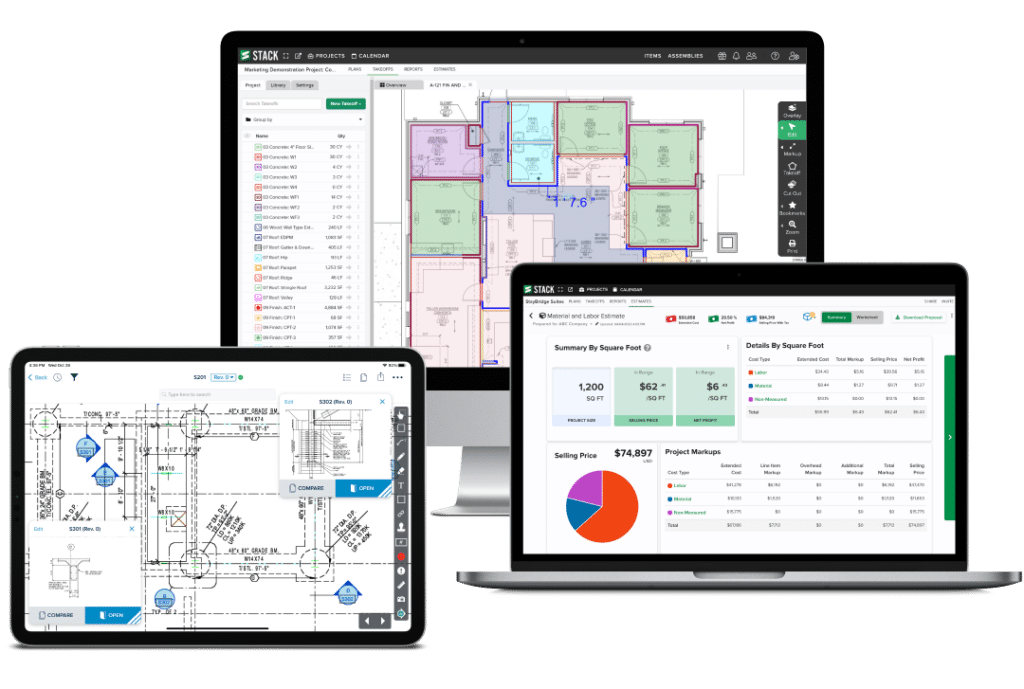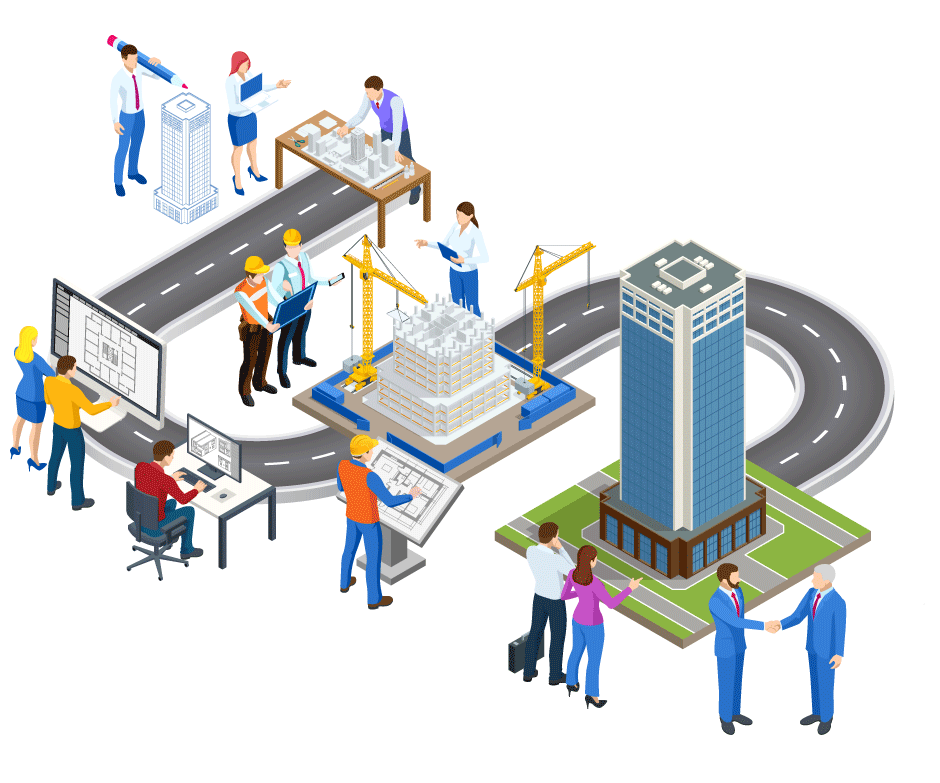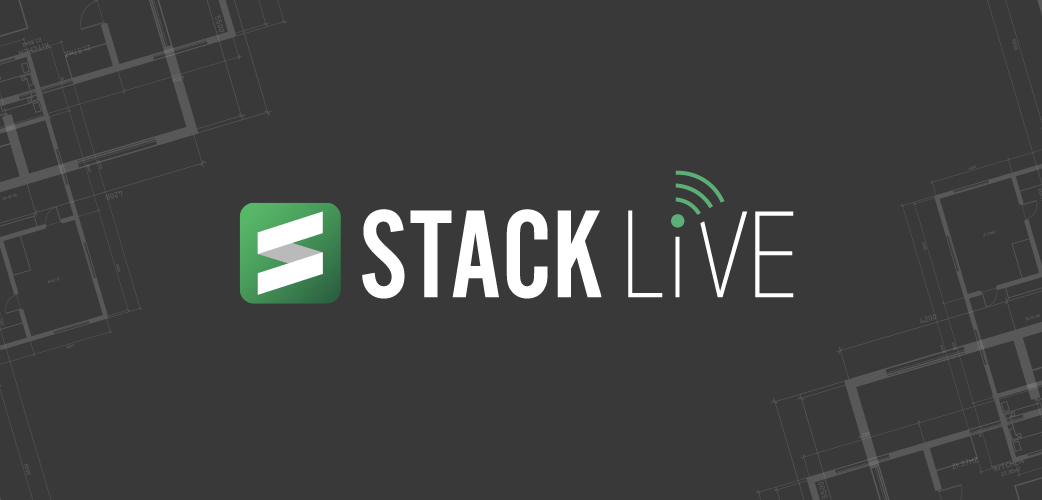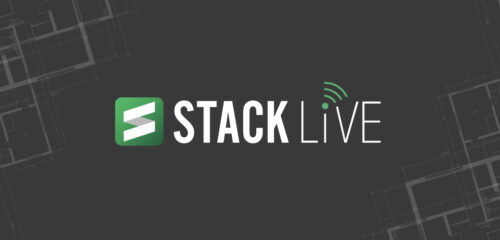
El sector de la construcción se enfrenta a numerosos retos y riesgos en retos y riesgos debido a su naturaleza compleja y arriesgada. Comprender estos riesgos y desarrollar estrategias para mitigarlos es esencial para el éxito y la sostenibilidad del negocio a largo plazo. Nosotrosiremos a exploramos algunos de los actuales en el sector de la construcción y debatiremos estrategias para mitigarlos eficazmente.
1. Riesgo financiero
Los proyectos de construcción implican grandes sumas de dinero e importantes costes iniciales. En una encuesta de Construction Dive, el 84% de los contratistas declararon unos costes superiores a los previstos. Los retrasos en los pagos y los gastos imprevistos pueden provocar problemas de liquidez y hacer que tengas que pelearte para empezar el siguiente proyecto.
Según un informe de 2024 de Billdlos subcontratistas esperan una media de 57 días para cobrar, mientras adelantan materiales y mano de obra desde el día en que comienza el proyecto. Los préstamos bancarios tradicionales para adelantar fondos pueden dejar a los contratistas en la estacada con largos ciclos de reembolso. Sin reservas de efectivo para financiar proyectos de mayor envergadura, no podrá ampliar su negocio.
2. Riesgos de la gestión de proyectos
Una mala gestión del proyecto puede provocar retrasos, sobrecostes y disputas con clientes o CGs. En esencia, pa gestión de proyectos se basa en la organización y programación de datos, pero si está trabaja con métodos manuales o en-premise software sus datos están por todas por todas partes. Uno del mayor riesgos subcontratista subcontratista es futuros litigios con el contratista general o el propietario. Si no tiene acceso a ningún documento del proyecto porquedatos son propiedad de la CG, ¿qué¿Qué ocurre tres meses después de la finalización de un proyecto y surge un problema? ¿hay algún problema?
Oferte más rápido. Gane más. Construya con más inteligencia.
Obtenga hoy mismo su cuenta GRATUITA para:
- Aumentar la eficacia del equipo
- Presupuestos más rápidos
- Generar más ingresos

3. Riesgos laborales y de mano de obra
Encontrar y retener mano de obra cualificada es uno de los principales retos del industria de la construcción. Según la Constructores y Contratistas Asociados, en 2024 la industria necesita atraer a más de 500.000 trabajadores además de el ritmo normal de contratación. Hay una gran demanda de trabajadores cualificados, pero la oferta no da abasto. Esta escasez supone una amenaza significativa para los plazos de los proyectos, los presupuestos y la capacidad de ampliación de su empresa. FMI 2024 Informe trimestral afirma que contratistas perdieron aproximadamente 30.000 millones de dólares a 40.000 millones de dólares en ineficiencias laborales en 2022. Si no no combatela escasez dede trabajoe en utilizandoción para hacer más con menoses, ¿cómoómo va a seguir creciendo, o peor aún, cómo va a mantenerse a flote donde está hoy?
4. Seguridad y riesgo de responsabilidad civil
Las obras de construcción pueden ser peligrosas, y los accidentes pueden provocar lesiones, daños materiales o reclamaciones judiciales. La construcción ocupa el primer lugar en lesiones laborales mortales. Los "cuatro peligros mortales" de la OSHA (caídas, exposición a la electricidad, atropellos y situaciones de atrapamiento) son realmente preocupantespero, sobre todo, evitables.
5. Riesgo contractual
Errores y/u omisiones en un contrato es la principal causa de litigios en la construcciónsegún el informe 2023 de Arcadis. Los contratos mal redactados o las disputas sobre los términos contractuales pueden dar lugar a costosos litigios y retrasos en los proyectos. El informe de Arcadis señala el valor medio de los litigios de construcción en 2022 fue de 42,8 millones de dólares¡! Sin un alcance de trabajo definido y conciso, no hay forma de hacer referencia a los objetivos del proyecto, las responsabilidades asignadas y los detalles técnicos. El potencial de retrasos y la repetición del trabajo se dispararánasí como el riesgo de litigios y disputas..
Cuatro soluciones para evitar riesgos
1. Estrategia de gestión de riesgos para toda la organización
La aplicación de una estrategia integral de gestión de riesgos en toda la organización puede ayudar a identificar y abordar los riesgos potenciales en una fase temprana. Esto incluye establecer políticas, procedimientos y responsabilidades claras en materia de gestión de riesgos.
Realice evaluaciones de riesgos periódicas y cree un registro de riesgos para hacer un seguimiento de los riesgos identificados. Desarrolle planes de contingencia y establezca una cultura consciente de los riesgos formando a los empleados y fomentando una comunicación abierta sobre los riesgos, tanto en la oficina como en el lugar de trabajo.
En cuanto a la gestión de proyectos, al la propiedad de sus datos desde el principio de un proyecto, independientemente de la plataforma que le exija la CG, protegerá su empresa, mitigará los riesgos y evitará posibles gastos legales.
2. Mejores contratos y condiciones de pago
Busque socios financieros con programas específicos para la construcción que le permitan pagar los materiales por adelantado y disponer de efectivo para otros gastos. Puede eliminar las preocupaciones de dinero con la STACK integración de + Billd. Aumentará el volumen de ofertas y asegurará el capital circulante, reforzará las relaciones con los proveedores y eliminará las conjeturas con estimaciones precisas y un AR predecible. En 2024 Billd Informe muestra que los subcontratistas que tienen en cuenta el coste del capital circulante en sus ofertas obtienen márgenes de beneficio un 11% mayores que los que no lo hacen.
Unos contratos claros y justos, así como unas condiciones de pago bien definidas, pueden ayudar a evitar disputas y problemas financieros durante un proyecto. Asegúrese de que los contratos describen claramente el alcance del trabajoresponsabilidades y plazos. Incluya disposiciones para la resolución de conflictos, órdenes de cambio y calendarios de pago. Considere la posibilidad de utilizar modelos de contrato estándar como como los que ofrecen las asociaciones del sector.
3. Diga no a los proyectos no rentables
Asumir proyectos demasiado arriesgados puede poner en peligro la estabilidad financiera de su empresa. Las recesiones económicas, los cambios en la demanda del mercado o los cambios en las tendencias del sector pueden afectar a la rentabilidad de sus proyectos. Las empresas de construcción sólo obtienen un margen de beneficios del 2,8la oportunidad de obtener ingresos ya es escasa. Asegurarse de no aceptar proyectos arriesgados debe estar en el centro de su proceso de evaluación de proyectos. Establezca criterios de evaluación, como márgenes de beneficio, niveles de riesgo y alineación estratégica con los objetivos de la empresa.
Comprender lo que funciona y lo que no proporciona información valiosa para mejorar. Este enfoque basado en datos le permite identificar áreas de fortaleza y debilidad, facilitando una estrategia específica para la gestión de riesgos. El uso de una solución como STACK le ofrece una visibilidad total del proyecto en tiempo real con análisis de panel para garantizar estimaciones precisas resumiendo el proyecto por metro cuadrado, el beneficio previsto y los detalles del proyecto. Saber cuándo decir no puede ser la mejor garantía de futuro para su empresa.
4. Centrarse en la normalización de los datos
La normalización de datos agiliza los procesos y flujos de trabajo a lo largo del ciclo de vida del proyecto, lo que se traduce en una mayor eficiencia y productividad. Los formatos de datos normalizados permiten la automatización y la integración de sistemas de software, reduciendo la introducción manual de datos y las tareas repetitivas. El uso de prácticas avanzadas de gestión de datos puede mejorar la productividad laboral hasta en un 15%, acelerar la entrega de proyectos hasta en un 30% y reducir las repeticiones hasta en un 25% (McKinsey & Company).
La estandarización de datos es también la consideración más importante a la hora de adoptar una solución de IA para mejorar sus procesos de preconstrucción. Necesita alimentar los algoritmos profundos con datos organizados y fiables para obtener la hiperprecisión que busca en las estimaciones. Y con todos esos datos, necesita un proceso para acceder a la información que sea rápido y eficiente.
Mediante la gestión proactiva de estos riesgos y el empleo de estrategias eficaces de mitigación, los contractors pueden aumentar sus posibilidades de éxito y reducir la probabilidad de costosas interrupciones. Un enfoque integral de la gestión de riesgos es crucial para navegar por las complejidades del sector de la construcción..








